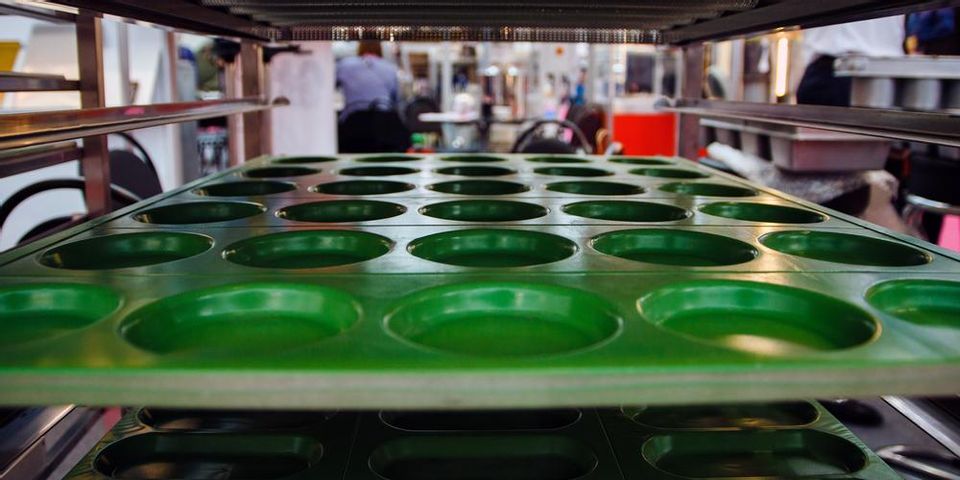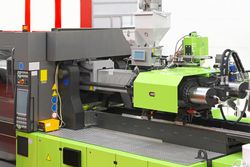
Plastic plays an important role in the manufacturing of many different items. Plastic mold building is an integral part of this process, as the quality of the mold will determine the usefulness of the final product. Here’s some insight into the mold building process to help you decide the best type for your needs.
Mold Materials
Also referred to as the die, the mold is where plastic is poured to create an item. Molds are often made from metal, and their overall cost can change depending on the material used. Steel molds tend to be the most expensive but offer longer life spans, making them ideal for creating a high volume of parts. Steel can also be hardened or pre-hardened, which increases resistance to wear.
 Aluminum molds are more affordable and offer quicker turnaround times because the heat dissipates faster. Beryllium copper is another option. This alloy offers resistance to corrosion caused by plastic materials. For example, a copper alloy mold is often used to create PVC piping because it’s less likely to corrode as a result of contact.
Aluminum molds are more affordable and offer quicker turnaround times because the heat dissipates faster. Beryllium copper is another option. This alloy offers resistance to corrosion caused by plastic materials. For example, a copper alloy mold is often used to create PVC piping because it’s less likely to corrode as a result of contact.
How Costs Are Determined
Along with the type of material used, there are a few other factors that affect pricing. In general, as the number of cavities increases, so does the cost of making the mold. This is because more cavities call for more precision machining. Additionally, the more complex the plastic component being made in the mold, the more expensive the mold is to create. The level of customization can also cause costs to increase, as can the size of the mold (including its base).
From mold building to custom matching your color specifications, IMCO in Spencerport, NY, has earned a reputation for excellence among their customers. Learn more about what this molding shop and their 75-ton injection press can do for you by visiting their website. Call (585) 352-7810 today to discuss your project.
About the Business
(2 reviews)
Have a question? Ask the experts!
Send your question

